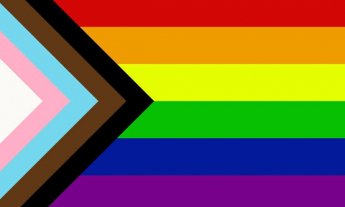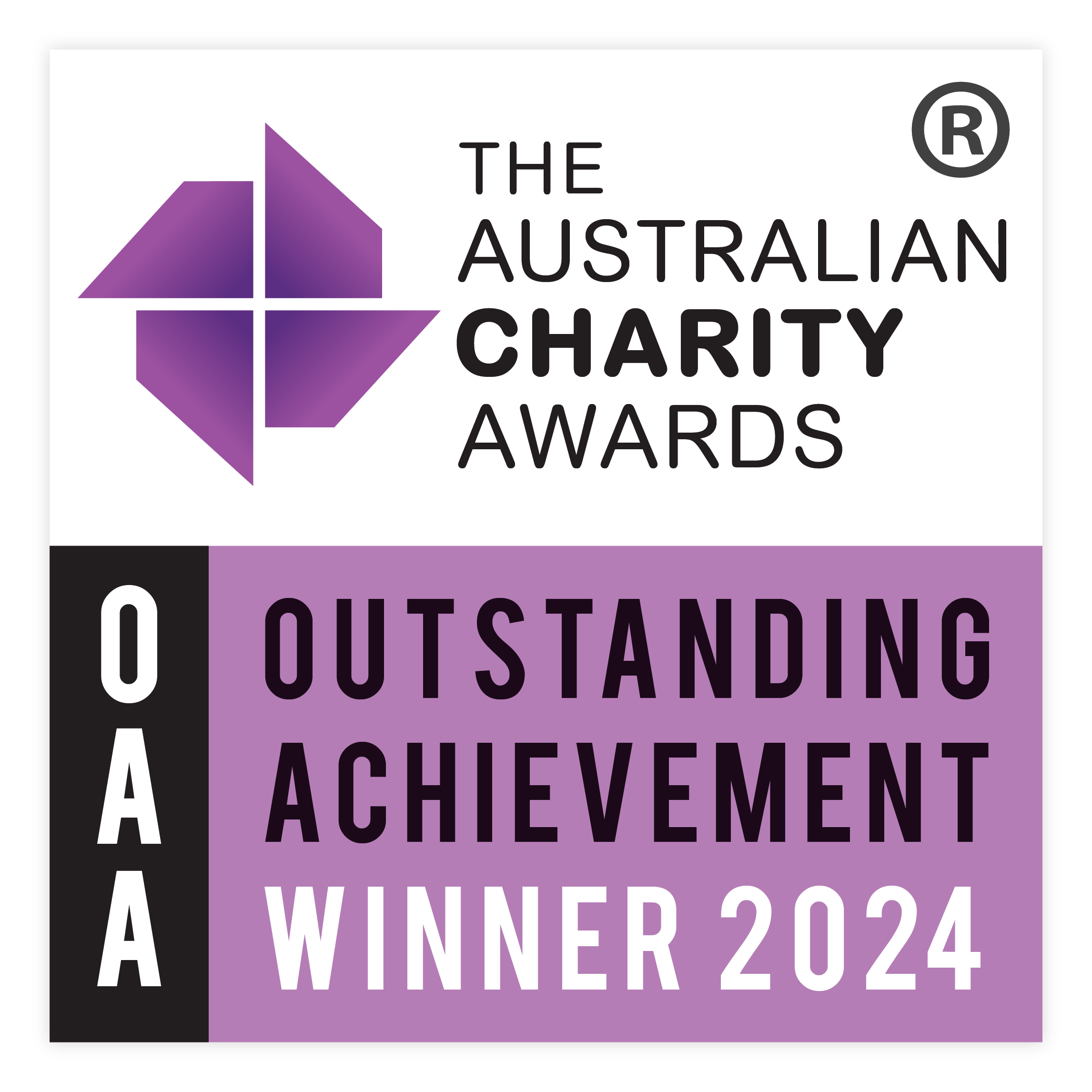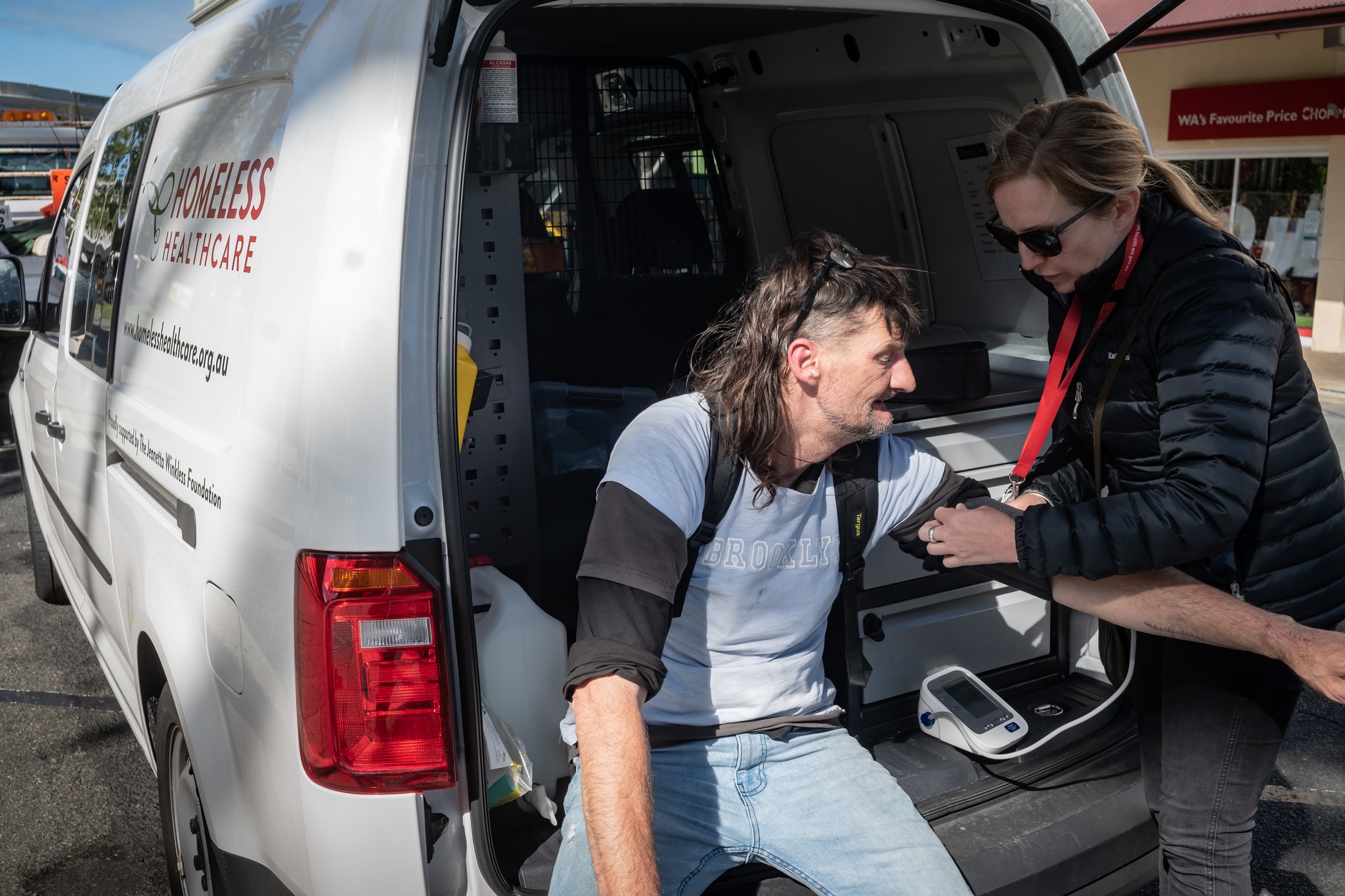
We are in the thick of winter. For thousands of vulnerable people sleeping rough, the cold, damp nights make life difficult and dangerous. Their situation is perilous, with every hour spent outside impacting their health and wellbeing. Our housing and homelessness crisis is also a healthcare crisis and this month, we are raising funds to ensure people experiencing homelessness can access critical healthcare.

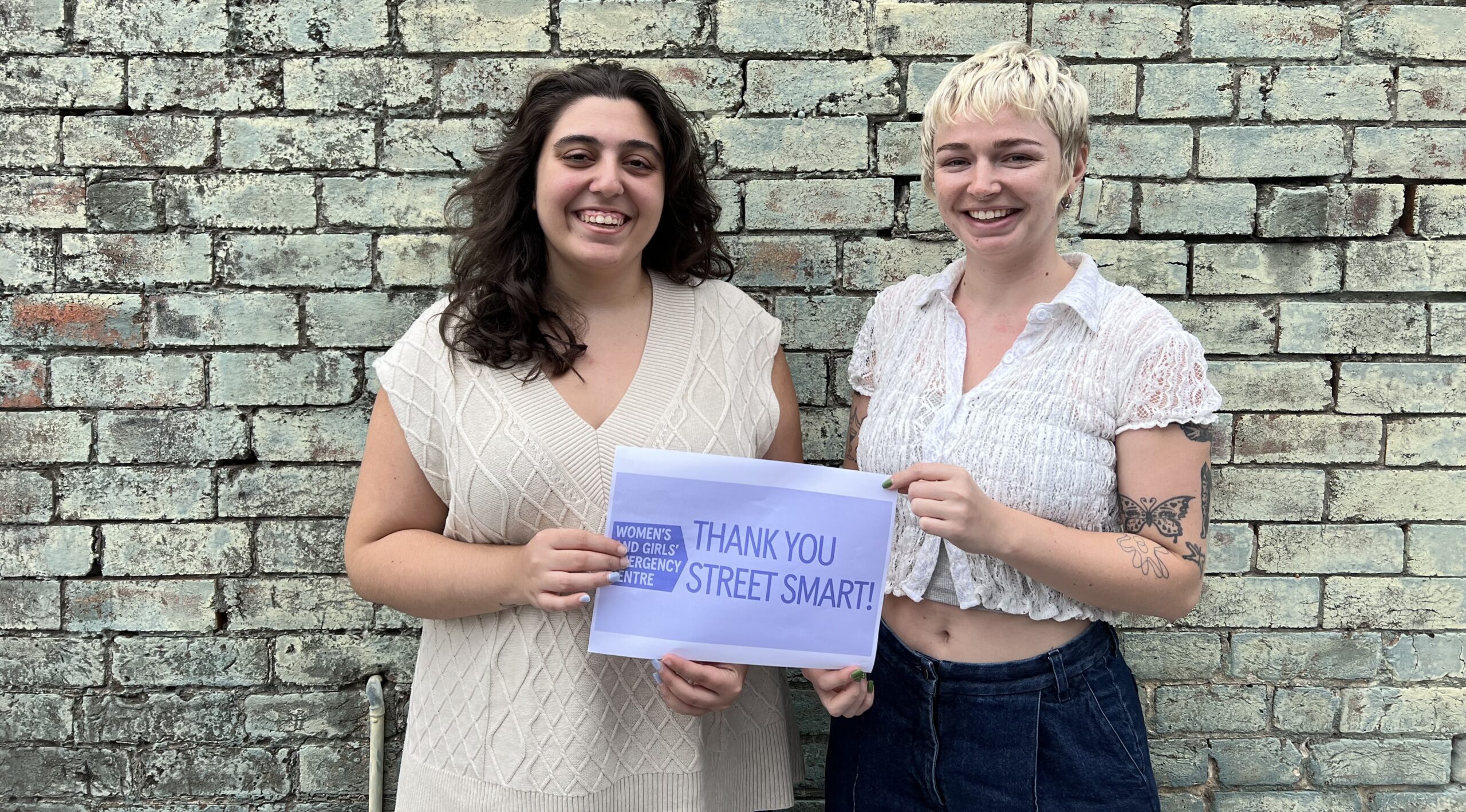
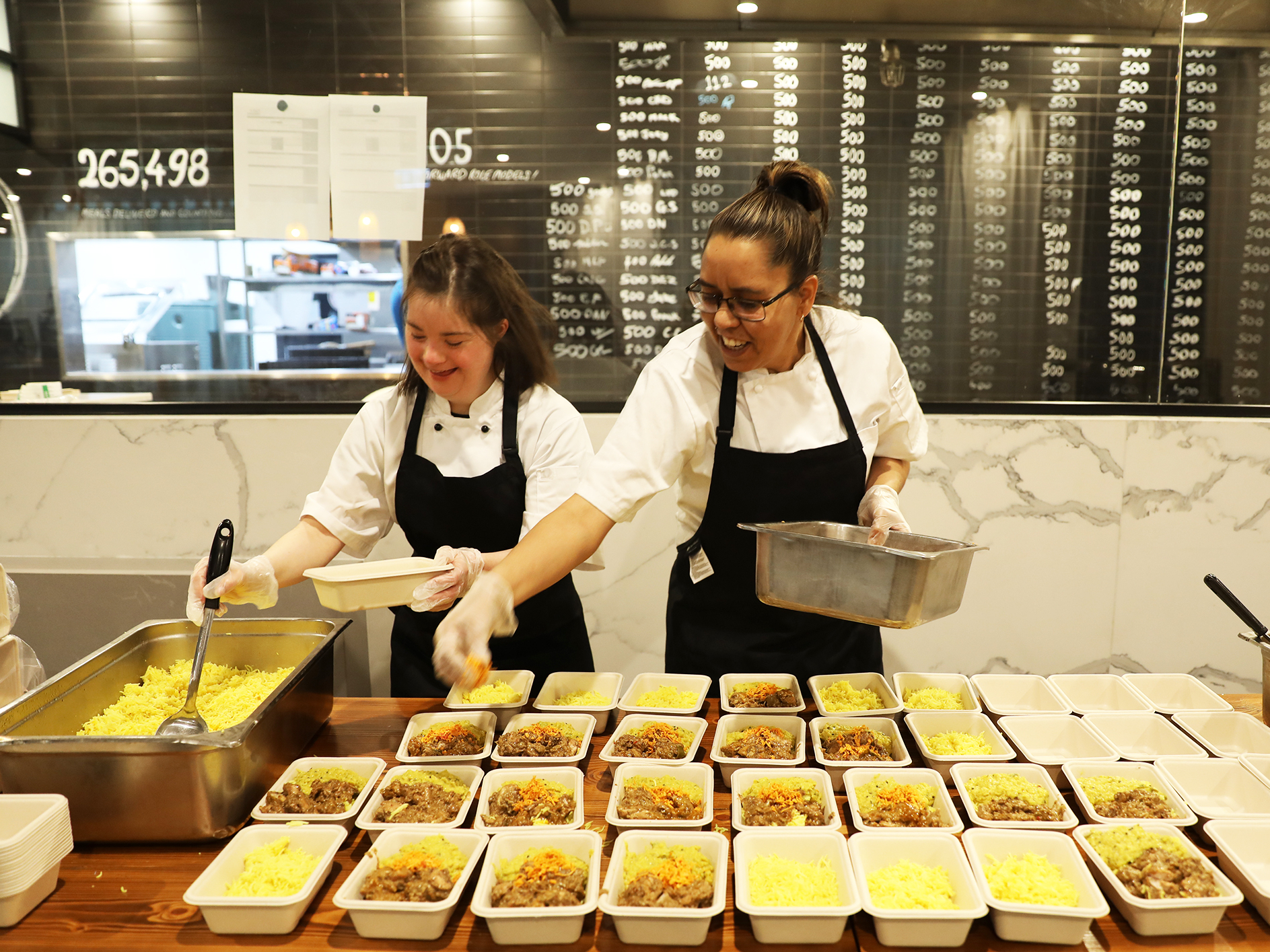

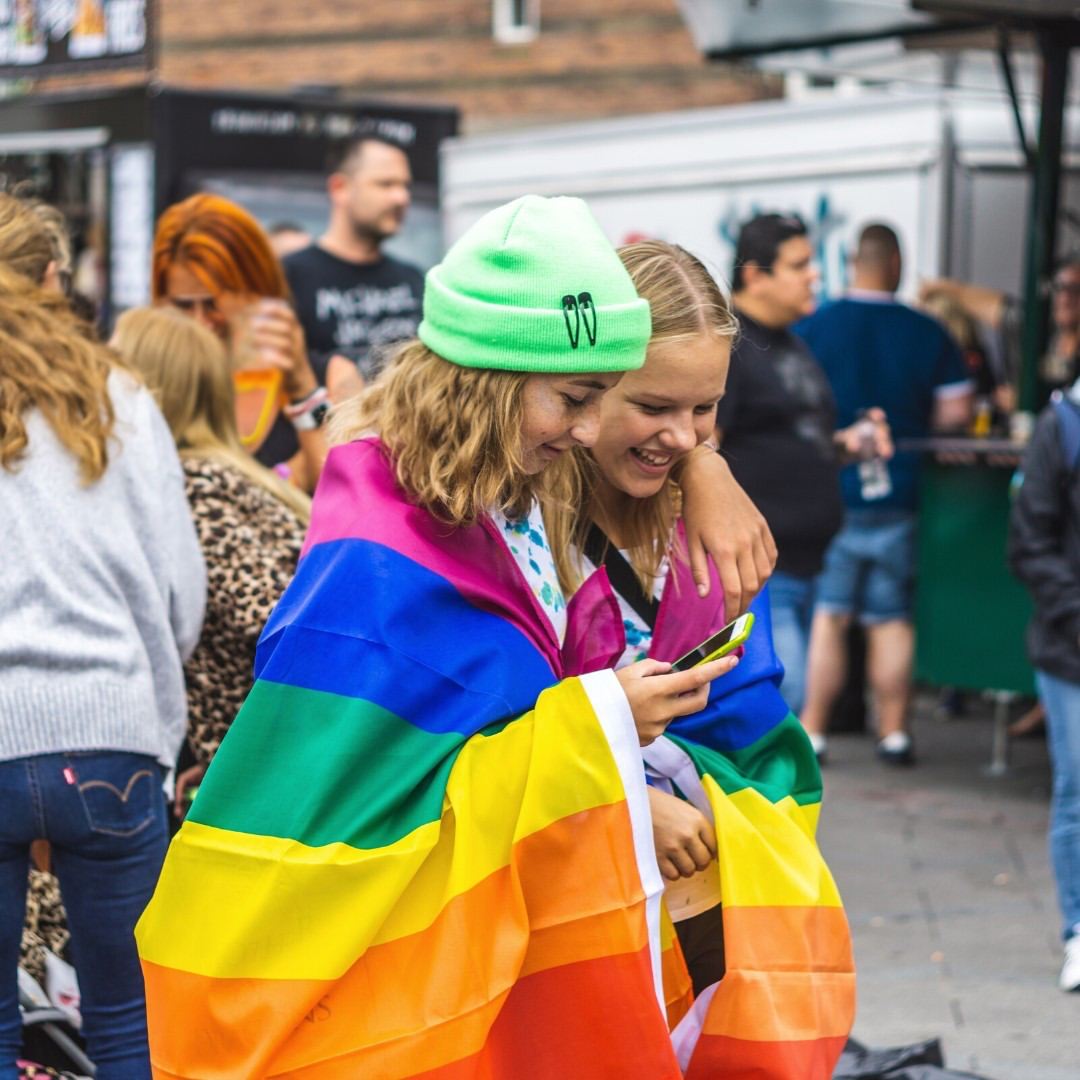
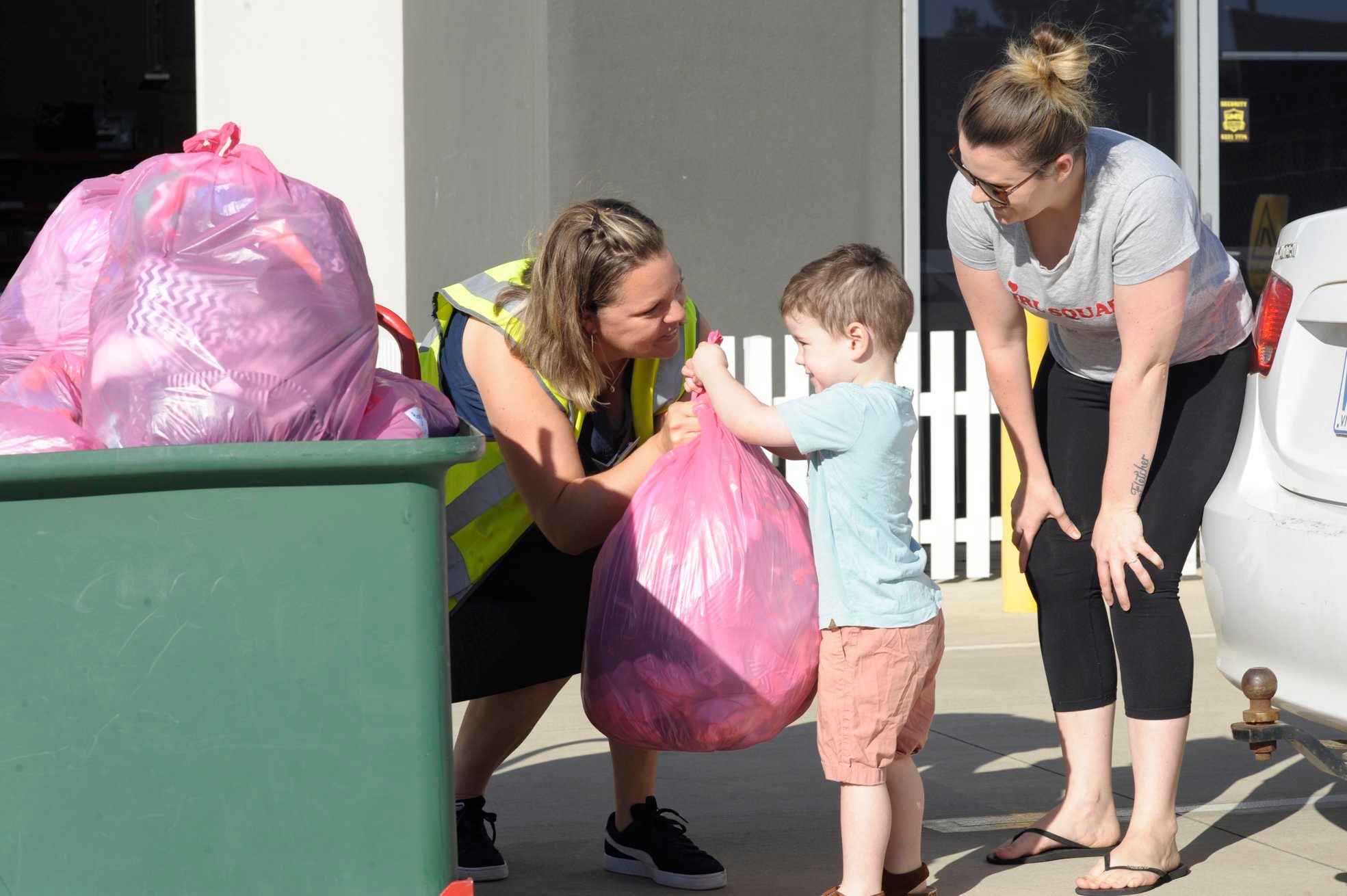
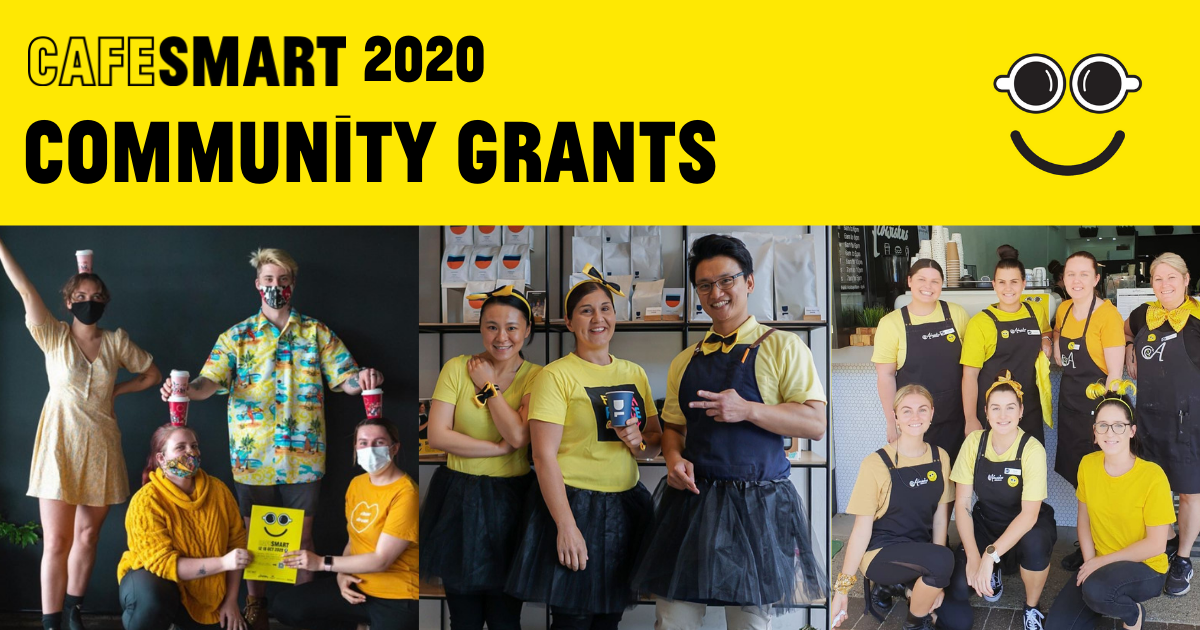
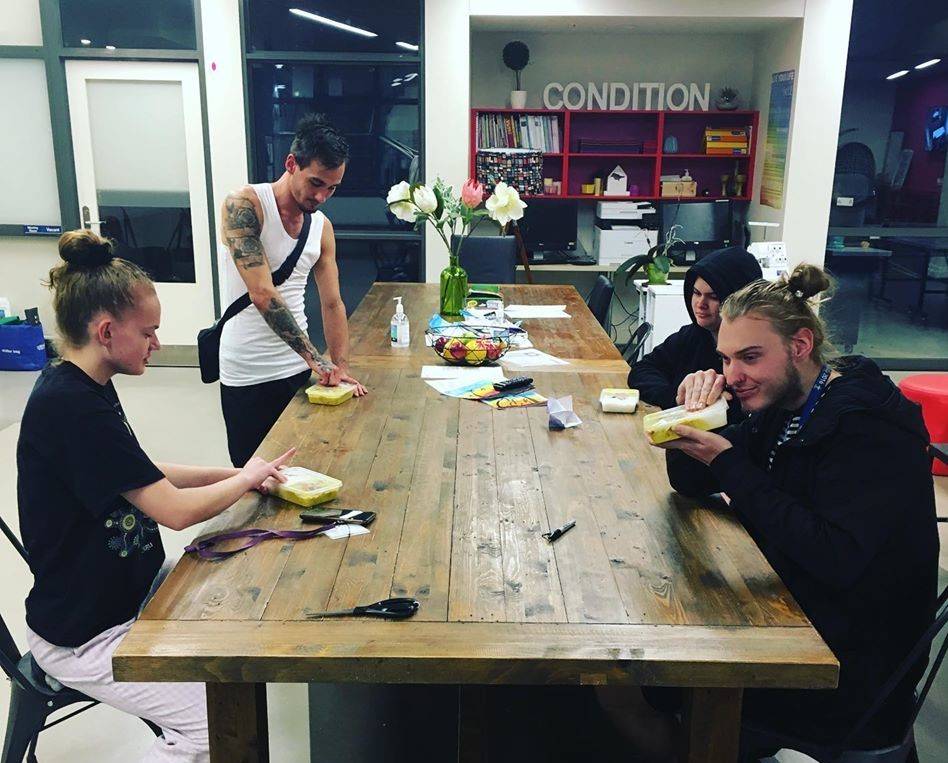
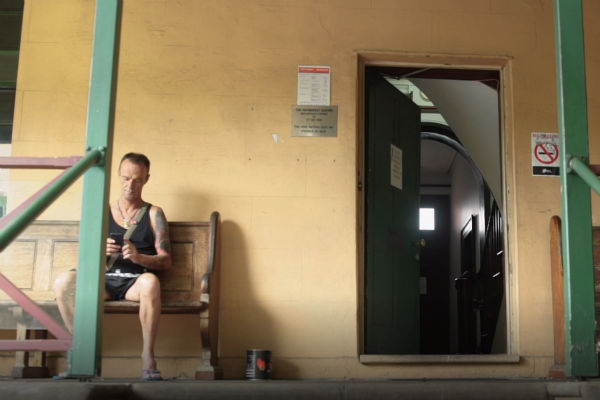
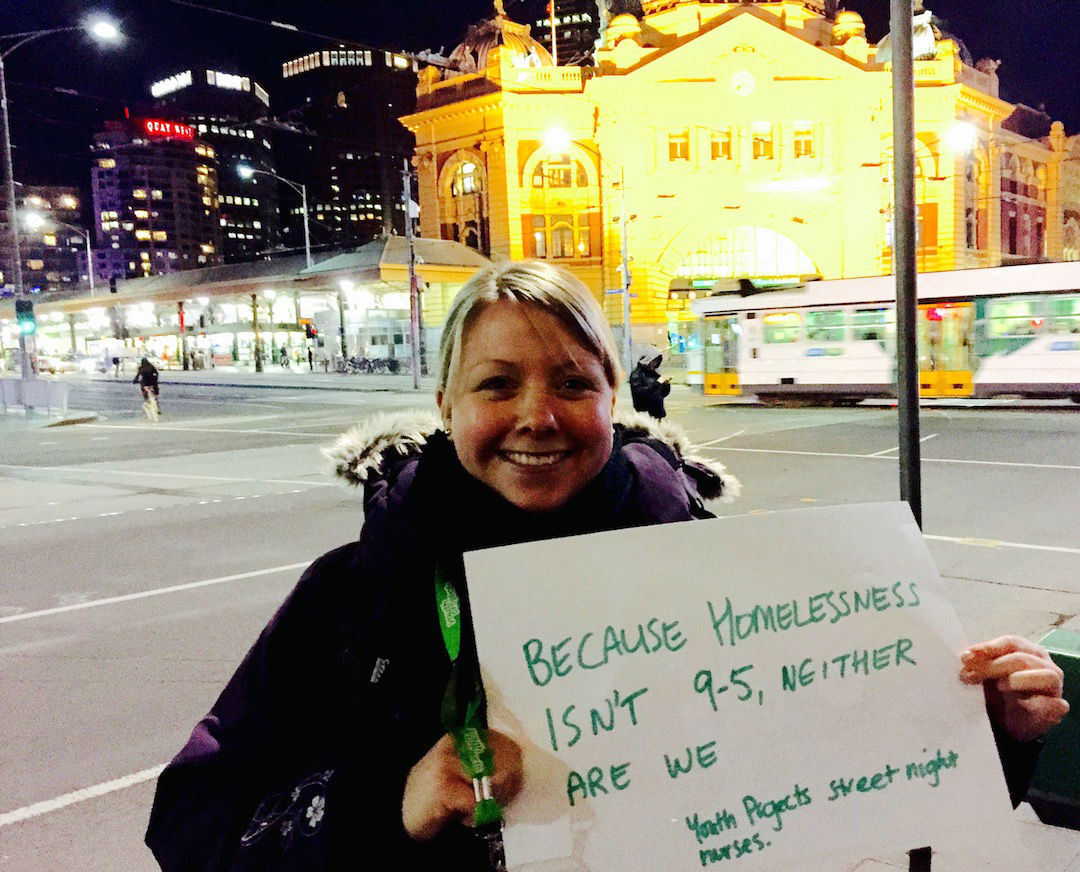 Winter is upon us and as the cold starts to bite we know there are thousands of vulnerable people facing a winter outside, sleeping rough, across Australia. This has a profound effect on their health and wellbeing. Experiencing homelessness means a shorter life, especially if you are on the street and unfortunately the numbers of people sleeping rough are rising, with recent street counts confirming these fears.
Winter is upon us and as the cold starts to bite we know there are thousands of vulnerable people facing a winter outside, sleeping rough, across Australia. This has a profound effect on their health and wellbeing. Experiencing homelessness means a shorter life, especially if you are on the street and unfortunately the numbers of people sleeping rough are rising, with recent street counts confirming these fears. 

